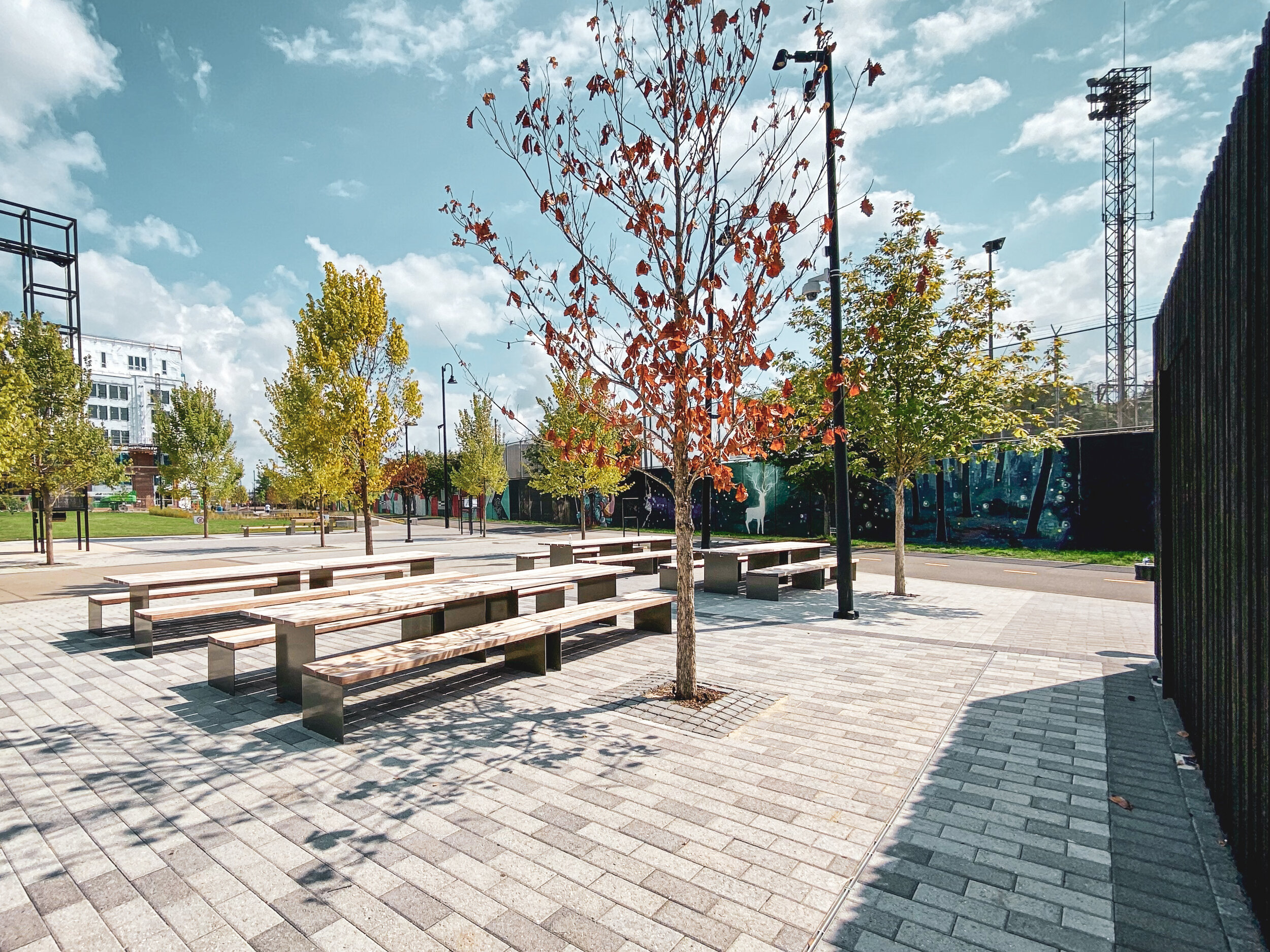Tanner saved enough to purchase her own freedom in 1810. The total amount, thought to have been paid in installments, was $1,400. In 1810, $1,400 was a significant amount; about the equivalent of three years' earnings for an average skilled tradesperson. Self-emancipation was not an option for all enslaved peoples, but both Alethia and her sister Sophia were able to accomplish this, almost entirely though selling vegetables at the market. Alethia Tanner moved to DC and became one of a significant and growing number of free Black people in the District. In 1800 there were 793 free Black people living in DC. By 1810, there were 2,549, and by 1860, 11,131 free Black people lived in DC, more than the number of enslaved peoples.
Starting at about 15 years after securing her own manumission, Alethia Tanner worked to purchase the freedom of more than 20 of her relatives and neighbors; mostly the family of her older sister Laurana including Laurana herself, her children, and her grandchildren. All in all, Tanner would have paid the Pratt family well over $5,000. All of this was done with proceeds from her own vegetable market business. Even after her family and friends were emancipated, Tanner continued to provide services. For example, she paid monthly to keep her nephews enrolled in a newly formed DC school for Black children. One of those nephews, John Cook, became shoemaker's apprentice for the express purpose of repaying Alethia for his emancipation and schooling. An older and more experienced John returned years later to run the school for Black children he earlier attended.
Alethia Tanner also lived near the White House, near what is now the corner of 14th and H Streets NW, not far from where her market was located. She was very much involved in the burgeoning Black culture among free and enslaved peoples in DC and was well known in the community. As one of the founders of what is now known as Metropolitan African Methodist Episcopal Church (M Street NW), she left a lasting mark on Black DC culture from religion to education.
She ran the market through the early 1850s and remained active in DC until her death in 1864, outliving a number of her own relatives from younger generations. Much of what we know about her life came from an official 1870 Congressional Report to the House of Representatives from Henry Barnard, the commissioner of education in Washington, DC. Barnard recounted her philanthropic and organizing efforts to further education for Black children in DC throughout her life and wanted it to be put on record.
Alethia Tanner Park is located at 227 Harry Thomas Way NE, near the corner of Harry Thomas Way and Q Street. It can also be accessed by foot or bike via the Metropolitan Branch Trail, just north of the Florida Ave entrances.
Enjoyed this post? Get weekly DC history posts, DC Adventure Guides, photos, and general support my work on the Attucks Adams Patreon page. Monthly subs start at just $3. Recent topics have been this post on Alethia Tanner Park, documenting the scene around the Capitol as John Lewis lay in state, and exploring alternate building designs for the National Museum of African American History and Culture. Thanks so much!
Explore more:
Federal Census Records for the District of Columbia Relating to Slavery, 1800–1860 (NARA)
NoMa Wants Your Help Naming its New Large Park (GGW)
Self-Emancipation in Lafayette Park (White House Historical Association)
The Enslaved Household of President Thomas Jefferson (White House Historical Society) Tanner, Alethia (Oxford African American Study Center)
Alethia "Lethe" Browning Tanner (Genealogy Trails)
Manumission papers for John F. Cook (Moorland-Spingarn Research Center)
Alethia Tanner Park (NoMa Parks Foundation)
See more:















